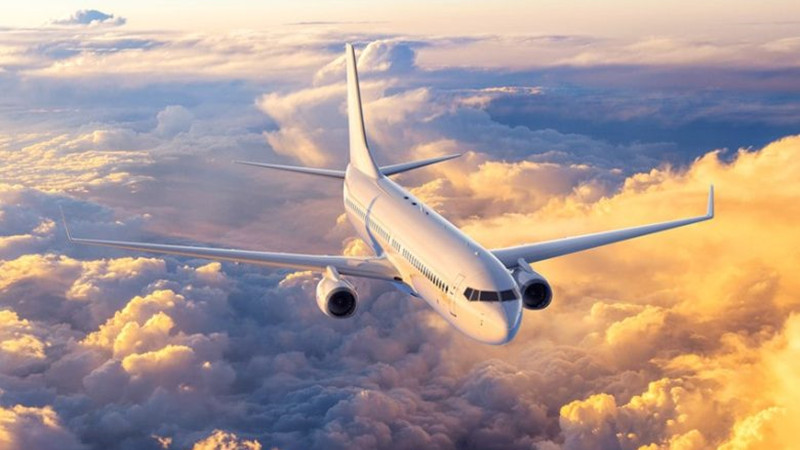
Airplanes are fast, everyone knows that. Commercial planes fly much faster than hobbyist, single-engine planes like the Cessna 172, but slower than some of the fastest military vehicles. Even within the commercial airline industry, some kinds of planes are faster than others.
Although these comparisons are interesting, the question remains, “how fast do commercial planes fly?” This information is useful to both pilots and passengers alike and allows people to compare planes to other modes of transportation.
What Impacts of the Speed of a Plane?

Image source: Pinterest
Many factors play into how fast a plane can go. In general, these factors get grouped into one of three main influences on a plane’s speed.
The most straightforward group to consider is the power of the engines. The more engines you have, or the more powerful your engines, the faster the plane. There are other compounding aspects of this group like the weight of each engine itself and the fuel required to run the engines.
The next factor is wind. If there is a strong headwind (a wind blowing at the front of the plane) then there is a greater amount of resistance the plane must overcome. This typically lowers an aircraft’s speed, but the plane’s aerodynamics and shape determines by how much.
Tailwinds (where the wind blows in the same direction the plane is going) help push the plane forward which then increases its speed. Pilots often decrease the power of the engines to save on fuel while not losing total speed when tailwinds are there to help push the plane. This means that tailwinds don’t often change or influence the speed all that much.
The last factor to consider when discussing airplane speeds is the altitude. At higher altitudes, there is less air pressure. This means there is less resistance against the plane. Humidity and temperature also play a role in the pressure and resistance against a plane and are often lumped in with altitude.
Speeds of Commercial Planes
There are several different ways to measure speed when it comes to commercial planes. Each one offers different information and uses. Pilots will pick one or several based on their needs, so it’s important to understand the differences between them.
Groundspeed
The most common speed people want to know about because it allows us to make comparisons to other fast objects like cars or trains. A plane’s groundspeed is relative to a point on the ground below the plane and is measured in miles per hour (mph). Measuring speed this way allows you to calculate how long it will take to get to where you want to go.
Stall speed
Stall speed isn’t necessary how fast a plane is going. Instead, it is the minimum speed a plane has to go to stay in the air. The plane’s engines still work when below this speed, but the plane isn’t producing enough lift to stay up in the air.
Indicated airspeed
Indicated airspeed is useful for pilots because it provides information about an airplane’s stall speed. If the indicated airspeed drops below the stall speed value, the plane will no longer be able to maintain the lift keeping it in the sky. Because indicated airspeed measures dynamic pressure, it is more reliable at lower elevations where the air pressure is higher.
True airspeed
An important part of navigating the sky is true airspeed, which measures the plane’s speed after adjusting for altitude and the air the plane is actually flying through.
Calibrated airspeed
Although plane instruments reduce inaccuracies as much as possible, it’s not possible to eliminate them completely. Calibrated or corrected airspeed is the indicated airspeed after taking into account the margin of error of the instruments.
Mach
Mach is defined as the speed of the aircraft divided by the speed of sound. For example, Mach 1 is when the aircraft’s speed is equal to the speed of sound. By extension, Mach 5 is five times faster than the speed of sound. The only commercial planes to ever reach supersonic speeds were the Concorde and Tupolev Tu-144.
While groundspeed is what most people want to use for comparisons, there are no groundspeeds associated with individual aircraft. It is possible to get a general range, however. Narrowbody commercial planes (ones with a single aisle down the length of the plane) commonly reach cruising speeds just above 500 mph. Widebody planes (aircraft with two aisles) go a bit faster around 560 mph when cruising.
For takeoff, commercial planes consistently clock in at a groundspeed between 160 and 180 mph. Meanwhile, the average airplane landing is slower and in the range of 130 to 160 mph.
Instead of using groundspeed, many planes use true airspeeds. A list of some common commercial planes and their average true airspeeds while cruising is below:
- Boeing 737: 494-544 mph (430-473 knots)
- Boeing 787 Dreamliner: 562 mph (488 knots)
- Airbus A320neo: 518 mph (450 knots)
- Boeing 767: 528-559 mph (459-486 knots)
- Airbus A350: 561 mph (488 knots)
8 Types of Fastest Private Jets
1. Very Light Jets
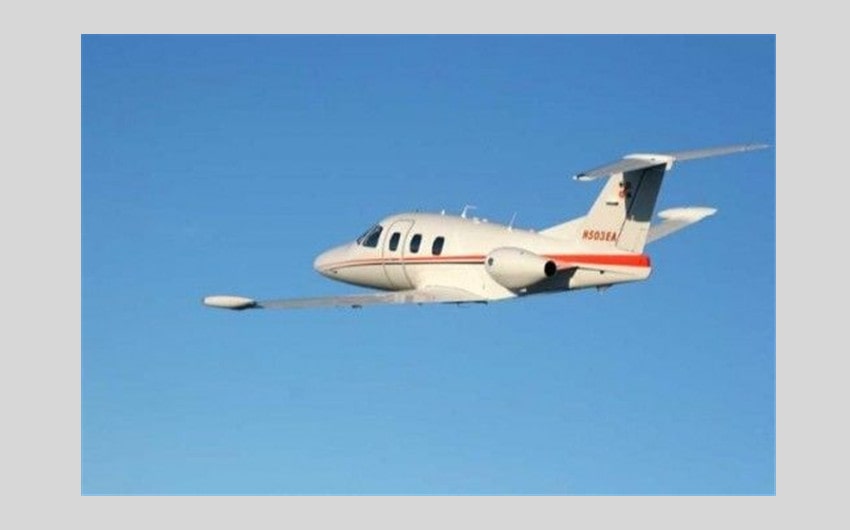
Image source: Pinterest
Sometimes abbreviated to VLJs, these aircraft only hold between four and six passengers. These planes only operate for a maximum range of three hours and they tend to cruise at speeds lower than commercial airlines, so you trade some speed for comfort.
Common VLJs and their cruise speeds include:
- HondaJet Elite (394 mph)
- Cessna Citation Mustang (390 mph)
- Embraer Phenom 100EV (391 mph)
2. Light Jets
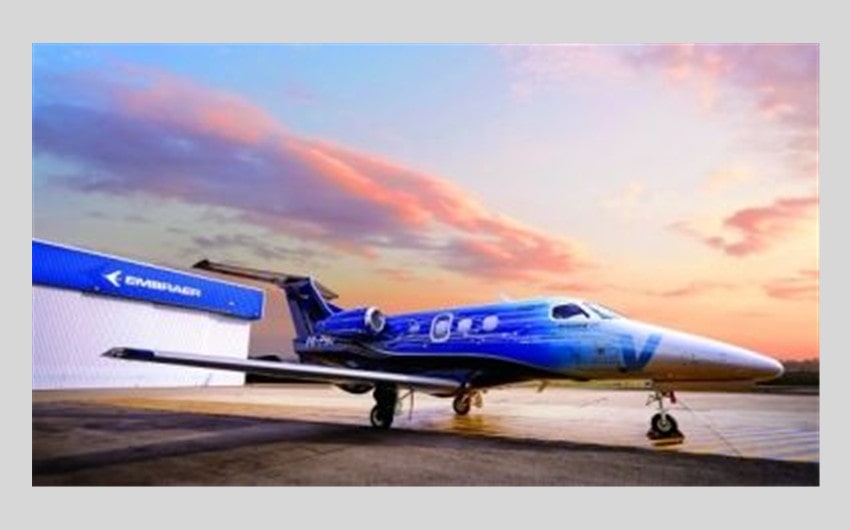
Image source: Pinterest
Light jets hold up to eight people with about the same range as a VLJ. However, light jets approach the speeds of commercial airlines so you can travel in style and arrive at about the same time as anyone flying economy class.
Some of the fastest light jets are:
- Learjet 70 (490 mph)
- Cessna Citation CJ4 (479 mph)
- Embraer Phenom 300E (473 mph)
3. Super Light Jets
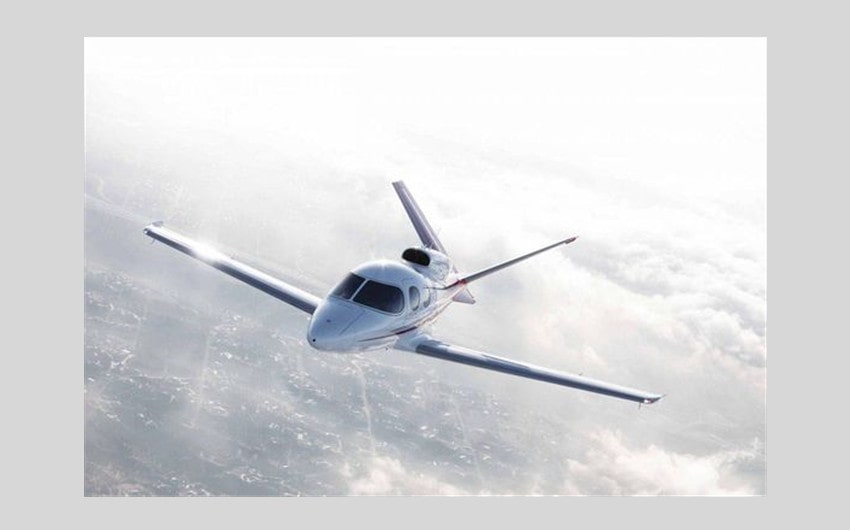
Image source: Pinterest
Super light jets aren’t universally considered a class of private jets because they fit right between light jets and mid-size jets. Some people will just put a jet like that in one category or the other while others created the super light jet classification.
Examples of super light jets are:
- Embraer Phenom 300E (473 mph)
- Gulfstream G100 (557 mph)
- Cessna Citation XLS+ (507 mph)
4. Mid-Size Jets
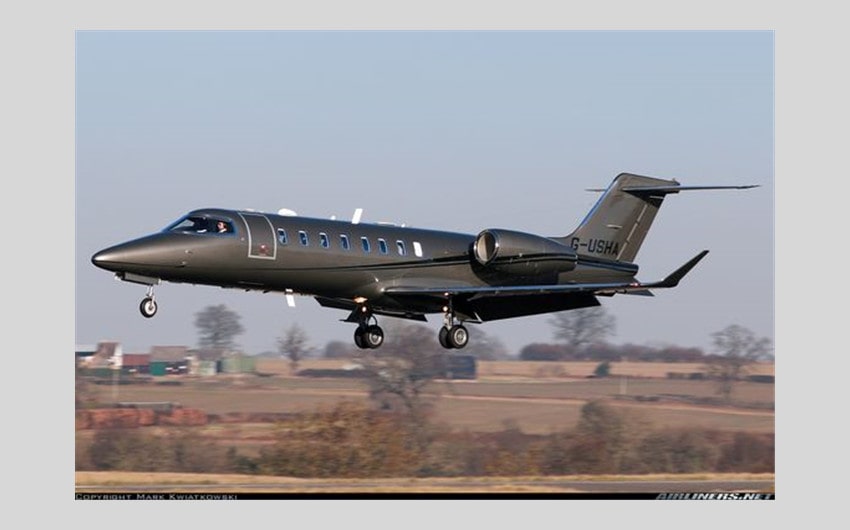
Image source: Pinterest
Typically, as the size of the jet increases, so does the speed and the mid-size jet class is no different. These private jets are faster and better suited for longer distances while having space for more passengers.
Mid-size jets include models like:
- Cessna Citation XLS+ (507 mph)
- Learjet 75 (535 mph)
- Embraer Legacy 450 (532 mph)
5. Super Mid-Size Jets

Image source: Pinterest
Super mid-size jets mark the start of extra luxurious private jets. The widebody of super mid-size jets can comfortably accommodate more people (up to 10 or 11). These jets are also capable of higher altitudes than all the previous private jet classes, and transatlantic length flights.
Super mid-size jet examples include:
- Bombardier Challenger 300 (528 mph)
- Cessna Citation Sovereign+ (530 mph)
- Gulfstream G280 (528 mph)
6. Heavy Jets

Image source: Pinterest
Also known as large jets, up to 19 passengers can fit on a heavy jet. The luxury and speed come at a cost though. Heavy jets are much more expensive to operate and maintain than the relatively budget-friendly mid-size jets or even the super mid-size jet class.
Some of the most common heavy jets include:
- Gulfstream G500 (561-594 mph)
- Dassault Falcon 900B (590 mph)
- Bombardier Challenger 650 (482 mph)
7. Ultra-Long-Range Heavy Jets
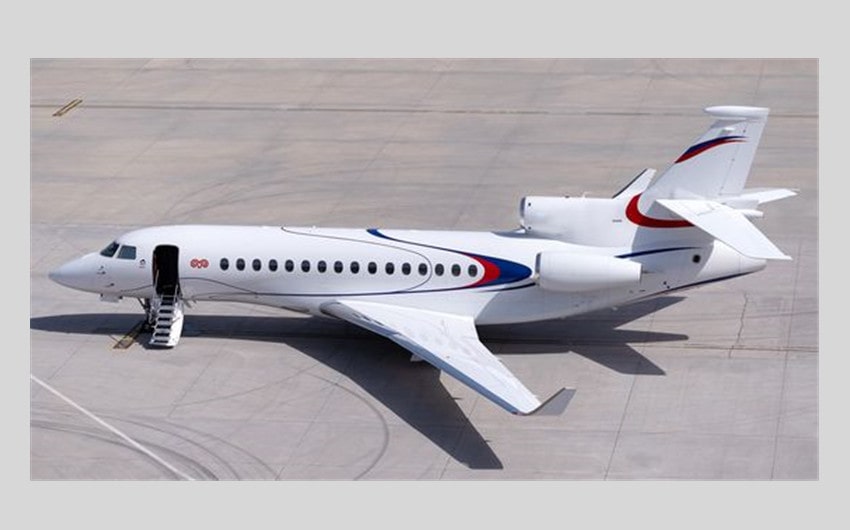
Image source: Pinterest
Sometimes just referred to as long-range jets, this class of private jet is the fastest and also quite large. In fact, these private jets often battle it out for the title of the world’s fastest private airplane.
Some iconic ultra-long-range heavy jets are:
- Dassault Falcon 8X (528 mph)
- Gulfstream G600 (594 mph)
- Bombardier Global 7500 (560 mph)
8. Executive Airliners
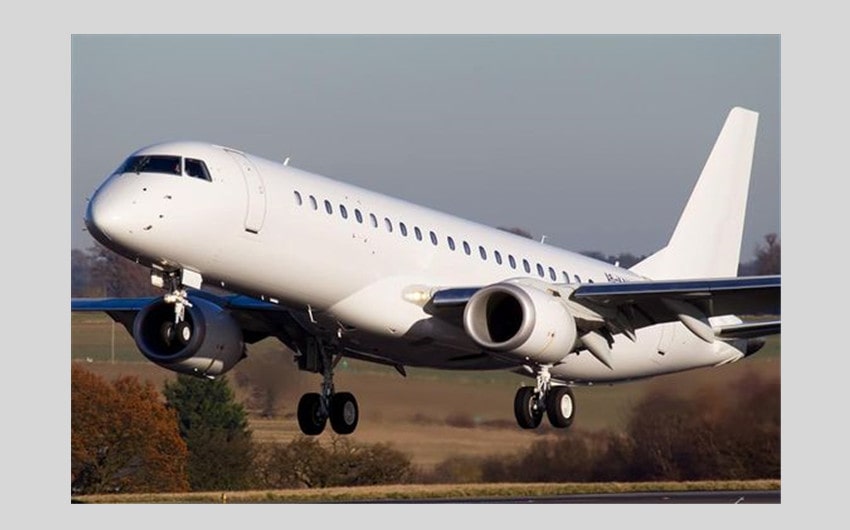
Image source: Pinterest
Business airliners, bizliners, VIP airliners, and executive airliners all refer to the largest class of private jets. Some of these planes are simply regular commercial airplanes repurposed and owned by private individuals or groups. There are, however, special-made executive airlines from companies like Airbus and Boeing.
- Embraer Lineage 1000 (513 mph)
- Airbus Corporate Jet 380 (588 mph)
- Airbus Corporate Jet 330neo (567 mph)








